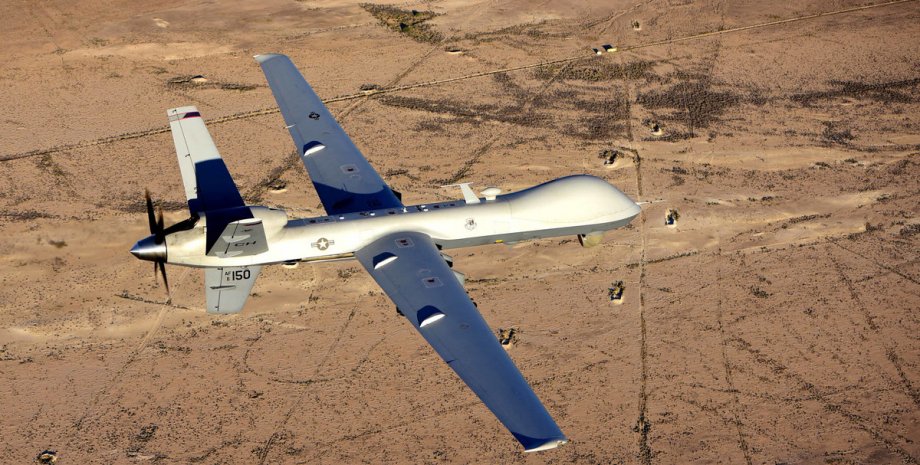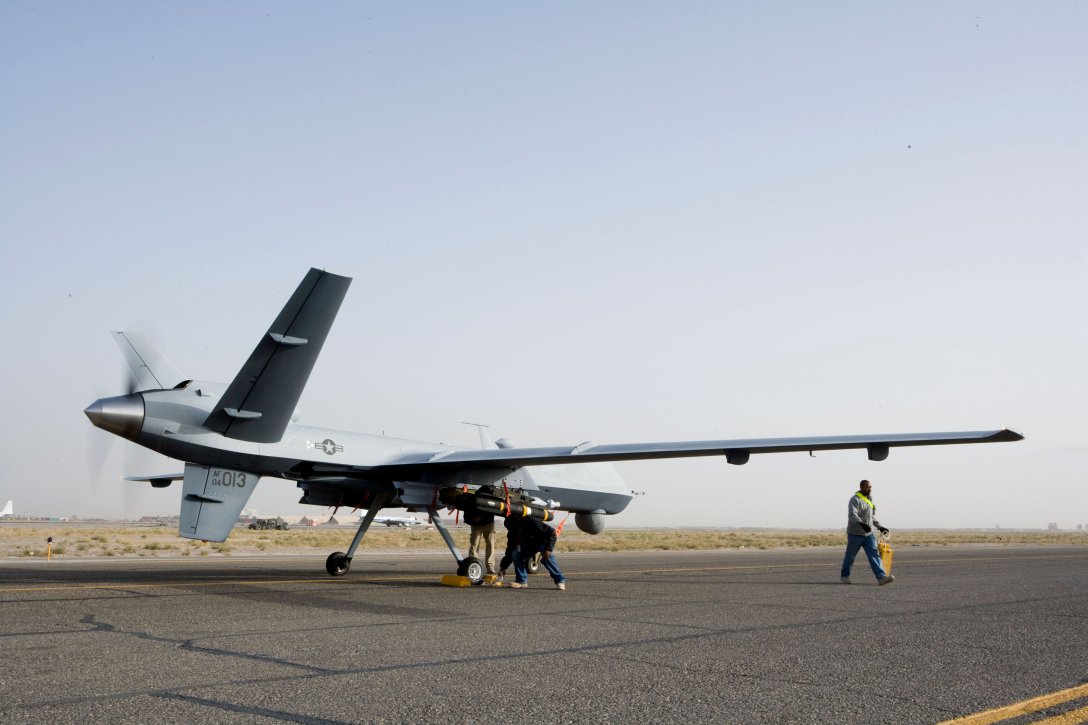
MQ-9 pilots learn to take off and land via satellite on ACE Push
Thanks to the new ATLC autopilot technology, launching large unmanned aircraft has become much easier.
Operators of MQ-9 Reaper drones have been trained to land and take off via satellite, significantly reducing the number of personnel and equipment required to operate these legendary drones, Air & Space Forces reports. The ACE Grand Warrior army exercise was recently held, where young soldiers practiced drone control in a new way.
Previously, MQ-9 Reapers were controlled by operators via remote ground stations, but were launched and recovered by technicians working near runways. Now, the autopilot function, known as the Automatic Takeoff and Landing Control (ATLC) function, can perform these tasks independently, although a crew is still required to ensure flight safety, said Denise Ottaviano, a spokeswoman for Holloman’s 49th Air Force Wing.
The exercise marks the latest development for the ATLC, which Air Force Reaper specialists have been successfully implementing and improving since 2021, when the 556th Test and Evaluation Squadron proved that the drone could take off and land without local ground control. In 2022, the pilots further expanded their capabilities by redirecting the Reaper from Hawaii to Guam and Palau as part of the Valiant Shield 2022 exercise.
The key advantage of ATLC is its smaller footprint. Past Reaper operations have required the deployment of about 55 escorts with ground control stations, ground data terminals, and other equipment. Exercises such as Valiant Shield and ACE Grand Warrior have proven that it can now be done with just 10 pilots and one and a half pallets of equipment, small enough to fit aboard CV-22 Osprey convertibles or C-130 Hercules aircraft.

Photo: U.S. Air Force
The same approach was used in ACE Grand Warrior, where only 10 specialists from the 9th and 29th Aircraft Maintenance Units traveled to Grand Forks to train with the MQ-9 Reaper. This optimization of personnel and management is consistent with a concept in which pilots and drones are dispersed from a central base to smaller and more remote locations to make it more difficult for the enemy to target.
Denise Ottaviano emphasizes that during the ACE Grand Warrior exercise, the two avionics technicians who visited North Dakota were trained in satellite launch and recovery operations, engine starts, maintenance tasks, and pre- and post-flight checks that are typically performed by crew chiefs. The pilots also utilized tow tractors and aerospace ground equipment already available at Grand Forks to further shorten and optimize logistics.
In total, about 56 students, future MQ-9 Reaper pilots, participated in ACE Grand Warrior, where they performed the full range of drone missions and training programs, including intelligence, surveillance and reconnaissance, close air support, strike coordination, chain of custody operations and basic flying skills.
According to Denise Ottaviano, today all MQ-9 operators trained in the 49th Wing are certified to operate the ATLC autopilot system on the simulator. When the graduates arrive at combat squadrons, they undergo additional training to receive their certificates.

